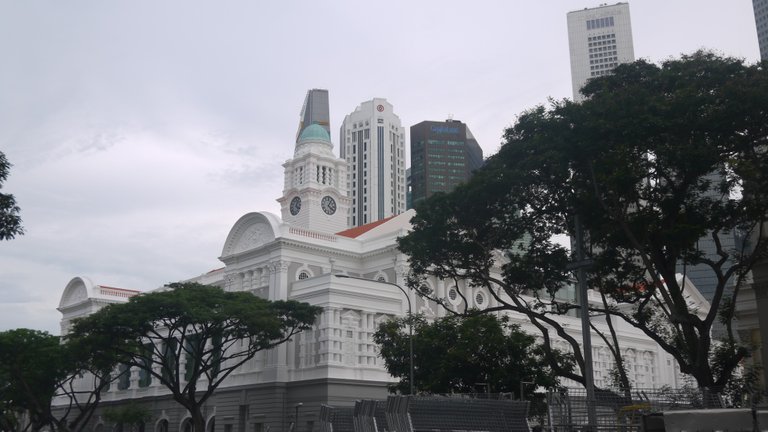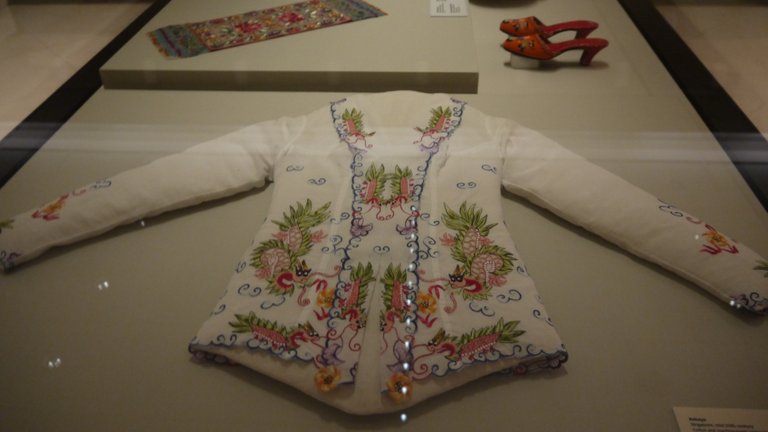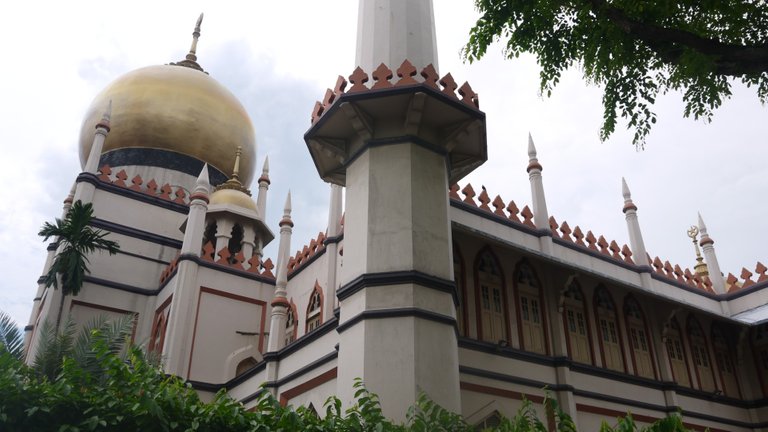Read this post on TravelFeed.io for the best experience
.png)
Singapore might just be a dot on the world's map but the South-Asian city-state sure has a lot to offer. Officially founded in 1819 as a trading post for the British Empire by Sir Stamford Raffles, the city developed over the years as a global financial center as well as one of the most innovative places in the world. It is for good reason that it ranks highest in Asia in terms of quality of life.
Singapore is also a multicultural hotspot, known for its vibrant cultural diversity that reflects in its food and its architecture, as the city boasts as many Chinese temples as Muslim mosques and Christian churches. This diversity also shows in the city's every day life. There are indeed four officially recognized languages: English, Chinese, Malay and Tamil. In short, Singapore is a blend of ancient traditions from all over the world and modern creativity like no other in Asia.

Despite its appeal, Singapore isn't always seen as a destination in and of itself though. Yet, if you're transiting through the island-city on your way to East Asia or Australia, the five places below are just some of the reasons why you should consider staying for a few days in this multi-faceted city.

Central Area
Casually known as the City, Singapore's downtown area is the right place to get an immediate feel of the city. Founded by the banks of the Singapore River and the Marina Bay, the CBD is where the first settlers established themselves. As a consequence, it is where the blend of different architecture styles is the most prominent, with modern skyscrapers looming over colonial hotels and ancient churches.

Many iconic landmarks are to be found within the CBD. Perhaps the most famous of all, the lion statue of the Merlion Park stands on the shores of the Marina Bay. This mythical creature has come to be used as a national symbol, as the city's original name of Singapura means "Lion City". A tourist favorite, its location is also the perfect spot to grab a picture of the three towers of the Marina Bay Sands on one side and the skyline on the over.

The CBD also boasts the iconic Raffles Hotel, arguably one of the world's most famous palaces. Even if chances are you won't be able to afford a night in this prestigious hotel, you can enter to take a look at its beautiful architecture or take a sip of the gin-based Singapore sling that was created in this very place. Surrounding the Raffles are many more significant historic buildings and national monuments to discover on a stroll, including a great many churches such as St-Andrew's Cathedral and compelling museums, including the National Museum of Singapore.


Chinatown
Located in the Central area, Chinatown is a destination in its own right for its distinctive atmosphere and historic architecture. With a Chinese population dating as far back as the 14th century, the area became even more populous during the massive urban developments of the 19th century as Chinese immigrants flocked the city. It was eventually divided into four areas, each developed between the 1820s and the 1920s.

Despite its close proximity to the business district and its many modern towers, Chinatown has managed to preserve its unique blend of architectural styles and some kind of an old-fashioned feel in a city that keeps on moving forward. Its streets are indeed lined up with pastel colonial houses blending elements of baroque architecture and Victorian style, many of which have been turned into cozy coffee houses or boutique hotels. The area also boasts interesting religious buildings, such as the massive Buddha Tooth Relic Temple which looks straight out of a Hayao Miyazaki movie. True to is legacy, Chinatown livens up even more by the time of the Chinese New Year with night markets and street lighting.


Gardens by the Bay
On the other side of the Marina Bay and the CBD stands one of the most incredible places in all Singapore. Spanning 101 hectares, the Gardens by the Bay started as an ambitious project before it became one of the most popular attractions on the island-city. Designed as a nature park, it comprises three waterfront gardens as well as the largest greenhouse in the world, the Flower Dome.

Yet, the star that steals the show is arguably the Supertree Grove. Dominating the landscape as much as the promotional brochures for the city-state, these tree-like structures are a prowess of engineering. Home to a great variety of orchids and plants, these vertical gardens amaze with their one-of-a-kind design. Ranging between 25 meters and 50 meters, they can be accessed via a set of walkable bridges and platforms, offering a cool respite away from the hustle and bustle as well as a panoramic view on the city, most notably from the elevated OCBC Skyway. Soothing by day, the mood at the Supertree Grove changes by night with a light and music show called the Garden Rhapsody.

Peranakan Museum
Singapore boasts a great number of top-notch museums but the Peranakan Museum is perhaps the most intriguing of all. Located a stone's throw away from the National Museum of Singapore, this museum is dedicated to the history of Singapore's Peranakan community. Descending from Chinese traders who settled in the city during the 19th-century, this ethnic group gradually developed its own unique culture through interracial marriage, absorbing cultural elements coming from Malay, Chinese and Indian traditions.


Housed in an ancient Hokkien school, now a national monument, the museum displays a world-class collection of Peranakan artefacts over three floors. From Peranakan wedding items to jewelry, textile to pieces of household furniture, the exhibits lift the veil on the little-known traditions of this multi-cultural community. Unfortunately, the museum is currently closed for renovation and hasn't announced any reopening date yet but it might still be worth checking on its website before your visit.

Kampong Glam
Another ethnic enclave in the city, the neighborhood of Kampong Glam is considered to be the Muslim Quarter of Singapore. Former home of the Malay aristocracy before the British colonization, it later developed into a multi-ethnic community for Malay, Arab and even Indian immigrants. Nowadays, the area mainly revolves around the streets of Haji Lane and Arab Street, both with their specific feel.


While Haji Lane is an inviting walking street known for its cool street art, laid-back atmosphere, casual cafés and markets stalls, Arab Street is lined with colorful shop houses, oriental shopping and halal food. The latter is also the place where to find the biggest mosque in Singapore, the Sultan Mosque, recognizable for its golden dome and able to welcome up to 5,000 worshippers. Another remarkable mosque can be seen within the district, the Hajjah Fatimah Mosque, as well as the impressive Hindu temple of Sri Krishnan.


From colonial houses to dashing modern architecture, Singapore's cultural diversity never ceases to amaze. Whether you're looking for a unique city break or a couple day stopover, you've got every reason to pay a visit to the island-city.
Well. Informative. if I ever been Singapore I shall try hopefully from your blog. Thanks for sharing
Thank you, glad you enjoyed this post :)
Congratulations, your post has been added to Pinmapple! 🎉🥳🍍
Did you know every user has their own profile map?
And so does every post as well!
Want to have your post on the map too?
Daily Travel Digest #980.
Become part of our travel community:
- Join our Discord
- Learn more about our travel application
Hiya, @ItchyfeetDonica here, just swinging by to let you know that this post made it into our Top 3 in Your post has been manually curated by the @pinmapple team. If you like what we're doing, please drop by to check out all the rest of today's great posts and consider supporting other authors like yourself and us so we can keep the project going!Congratulations @haydae! You received the biggest smile and some love from TravelFeed! Keep up the amazing blog. 😍 Your post was also chosen as top pick of the day and is now featured on the TravelFeed.io front page.
Thanks for using TravelFeed!
@invisusmundi (TravelFeed team)
PS: TravelFeed is in social media to reach out more people, follow us on Facebook, Instagram, and Twitter.